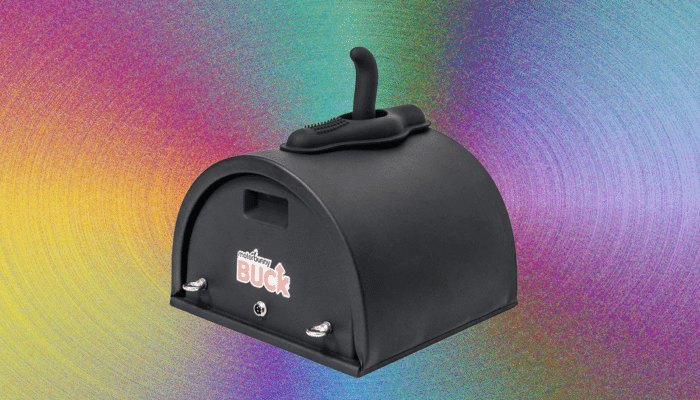Solana’s client ecosystem is growing, and that’s good news for decentralization

WindAwake/Shutterstock and Adobe modified by Blockworks
This is a segment from the Lightspeed newsletter. To read full editions, subscribe.
Validator clients are the software that nodes run to participate in consensus and maintain the network. They validate and vote on blocks, process transactions, and generally just keep the network alive, handling both consensus and execution in a single piece of software.
Historically, Solana’s entire ecosystem has relied on one implementation, a Rust-based client developed by Solana Labs, and now maintained by Anza under the name Agave. Today, however, the vast majority of stake (90%+) runs on Jito-Solana, a fork of the Agave client with added MEV infrastructure.
The centralization of that effort is a problem, though. If Jito-Solana were to fail, the network risks performance issues or even a chain halt.
Jump Crypto’s Firedancer is the leading contender meant to break that monoculture, and it gets a heck of a lot of lip service in our community. This is not without good reason, of course. Once it’s live, it’ll be modular, wicked fast, and capable of handling over a million transactions per second.
But firepower aside, it’s hardly Solana’s only client in development. In fact, multiple teams are working on their own clients, with some already live and potentially capable of matching or even outmaneuvering Firedancer’s ambitions.
Let’s take a look at a few and compare.
- Jito-Solana was an early breakaway from Agave and is now the dominant client by stake weight. It’s not a ground-up rewrite but a fork of the original client with an MEV infrastructure. Jito introduced a bundle auction system that lets validators capture MEV more transparently, and share those rewards with stakers, not just slot leaders. By proving that validators would adopt client software offering new incentives, Jito opened the door for more experimentation and design specialization.
- Sig is Syndica’s answer to Solana’s performance ceiling. Where Firedancer pushes raw throughput for validators, Sig targets read operations. It’s written in Zig, a language focused on readability and memory control, and nearly all dapp interactions involve reading data rather than writing it. Sig overhauls the architecture to prioritize reads per second (RPS), resulting in dramatic speed gains for light clients, dapps and anyone syncing with the chain. It also has a more accessible codebase for contributors who find Rust daunting.
- Paladin is a lightweight fork of Jito-Solana. Like Jito, it originated as a modified version of the original client and claims to add new logic to handle MEV more transparently. Its core innovation is the P3 port, a protected lane for token-gated transactions intended to prevent sandwich attacks and curb extractive behavior. While Paladin promotes fairness and aims to redistribute MEV to stakers, it’s also faced criticism for introducing fragmentation and reducing validator earnings. When reached for comment, Paladin core contributor Edgar Pavlovsky disputed data showing Paladin validators earn less. He argued that if anything, Paladin is less fragmenting than Jito, which adds extra steps to the transaction process via its block engine and bundler.
- TinyDancer is something else entirely. It is Solana’s first open-source light client, offering trust-minimized mobile access. The client supports SPV-style verification, data availability sampling and even fraud proofs, all designed to let users confirm network integrity without relying on third-party RPCs.
These clients each approach the problem from different angles. Alone, they’re targeted solutions to narrow problems, but together, they make Solana stronger, safer and more decentralized. Though most are still in development or early adoption, they reflect a maturing ecosystem where no single team defines our path forward.
Get the news in your inbox. Explore Blockworks newsletters:
- The Breakdown: Decoding crypto and the markets. Daily.
- Empire: Crypto news and analysis to start your day.
- Forward Guidance: The intersection of crypto, macro and policy.
- 0xResearch: Alpha directly in your inbox.
- Lightspeed: All things Solana.
- The Drop: Apps, games, memes and more.
- Supply Shock: Bitcoin, bitcoin, bitcoin.
Decoding crypto and the markets. Daily, with Byron Gilliam.
Mon – Wed, October 13 – 15, 2025
Blockworks’ Digital Asset Summit (DAS) will feature conversations between the builders, allocators, and legislators who will shape the trajectory of the digital asset ecosystem in the US and abroad.
Industry City | Brooklyn, NY
TUES – THURS, JUNE 24 – 26, 2025
Permissionless IV serves as the definitive gathering for crypto’s technical founders, developers, and builders to come together and create the future.If you’re ready to shape the future of crypto, Permissionless IV is where it happens.
SUN – MON, JUN. 22 – 23, 2025
Blockworks and Cracked Labs are teaming up for the third installment of the Permissionless Hackathon, happening June 22–23, 2025 in Brooklyn, NY. This is a 36-hour IRL builder sprint where developers, designers, and creatives ship real projects solving real problems across […]
Research
Uniswap confronts structural headwinds as Ethereum’s dominance in DEX volume erodes while Solana emerges as the leading ecosystem. Despite massive historical volume, UNI token holders receive no revenue distribution after four years of operation, while multi-chain expansion efforts consistently underperform due to subsidized local competitors. Recent initiatives including Unichain L2 and V4 protocol upgrades have failed to generate meaningful organic adoption despite substantial incentive programs, highlighting the challenge of competing in increasingly fragmented markets without sustainable value accrual mechanisms.
news
Breaking headlines across our core coverage categories.
President Trump’s feud with Elon Musk took a backseat as investors digested a better-than-expected labor report
The event, cohosted with FWB, helps devs accelerate their World mini apps and find funding along the way









